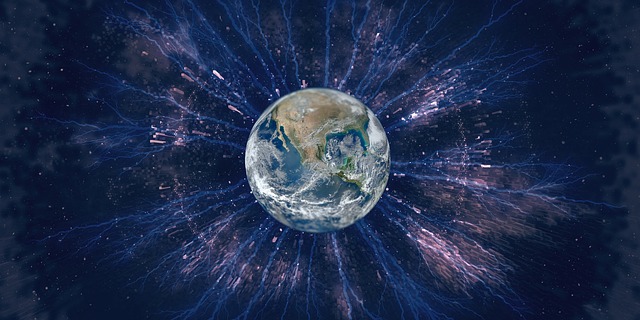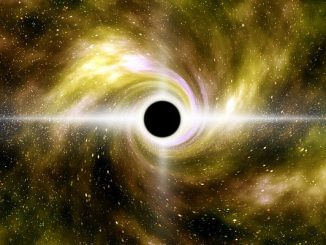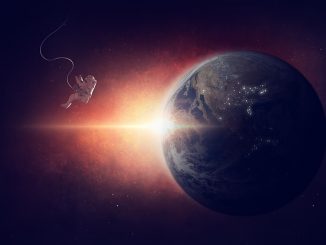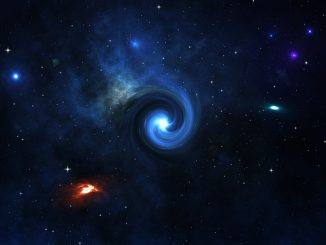
It was back in 2013 when a study done by astronomer Amy Barger and her student Ryan Keenan (from the University of Wisconsin-Madison), along with Lennox Cowie (from the University of Hawaii), first showed that the entire Milky Way galaxy is situated within a gigantic cosmic void. The void has been known since then as KBC — named after its three discoverers: Keenan, Barger, and Cowie — and is estimated to be about 1 billion light-years wide, so far the largest known void in the entire Universe.
Four years later, after a new study done which happens to have been conducted by another student of Barger’s, Benjamin Hoscheitfurt, further support to this conclusion has been provided. And it’s a really great thing because it could help clear up one of astronomy’s biggest questions, which is : how fast is the universe expanding?
Right now, scientists are using two different techniques to measure the rate of the universe’s expansion — referred to as the Hubble Constant. Some rely on supernovae explosions which generate the same amount of energy wherever in the Universe the explosions take place. Others study the CMB (short for Cosmic Microwave Background), the residual light from the Big Bang.
It would have been so much simpler if the results derived were consistent, regardless of what technique was used. But that isn’t the case. And ironically enough, our galaxy being in a cosmic void could be the missing ingredient needed to smooth things out.
In the astronomical sense, a void is a region or area in space that contains relatively fewer stars, planets and galaxies than expected. Theoretically, because there’s considerably more matter exerting a slightly stronger gravitational pull outside of it, the presence of a void is expected to have an effect on the Hubble Constant when the supernova technique is used, while having absolutely no impact when the CMB technique is used. Which means, a direct comparison between the two techniques can be made.
As it’s turning out, the Hubble Constant is bigger when it’s measured using the supernova technique, meaning, the universe seems to be expanding faster when measured using the light of exploding stars. And the reason for it is the extra pull of gravity being exerted by all the other matter outside of the void. On the other hand, the Hubble Constant is smaller when measured using CMB because irregularities in the densities of objects in the Universe have no effect on it at all.
As Barger explained: “It is often really hard to find consistent solutions between many different observations. What Ben [referring to the author of the latest study] has shown is that the density profile previously measured is consistent with cosmological observables. One always wants to find consistency, or else there is a problem somewhere that needs to be resolved.”
Details of the research were presented at the meeting of the American Astronomical Society recently held in Austin, Texas.
Disclaimer: This page contains affiliate links. If you choose to make a purchase after clicking a link, we may receive a commission at no additional cost to you. Thank you for your support!




SPIRAL cosmological redshift hypothesis aligns w/, & explains, the factual evidence:
we are by the center of he universe,
that approximates the visible universe.
there is no ongoing cosmic expansion.